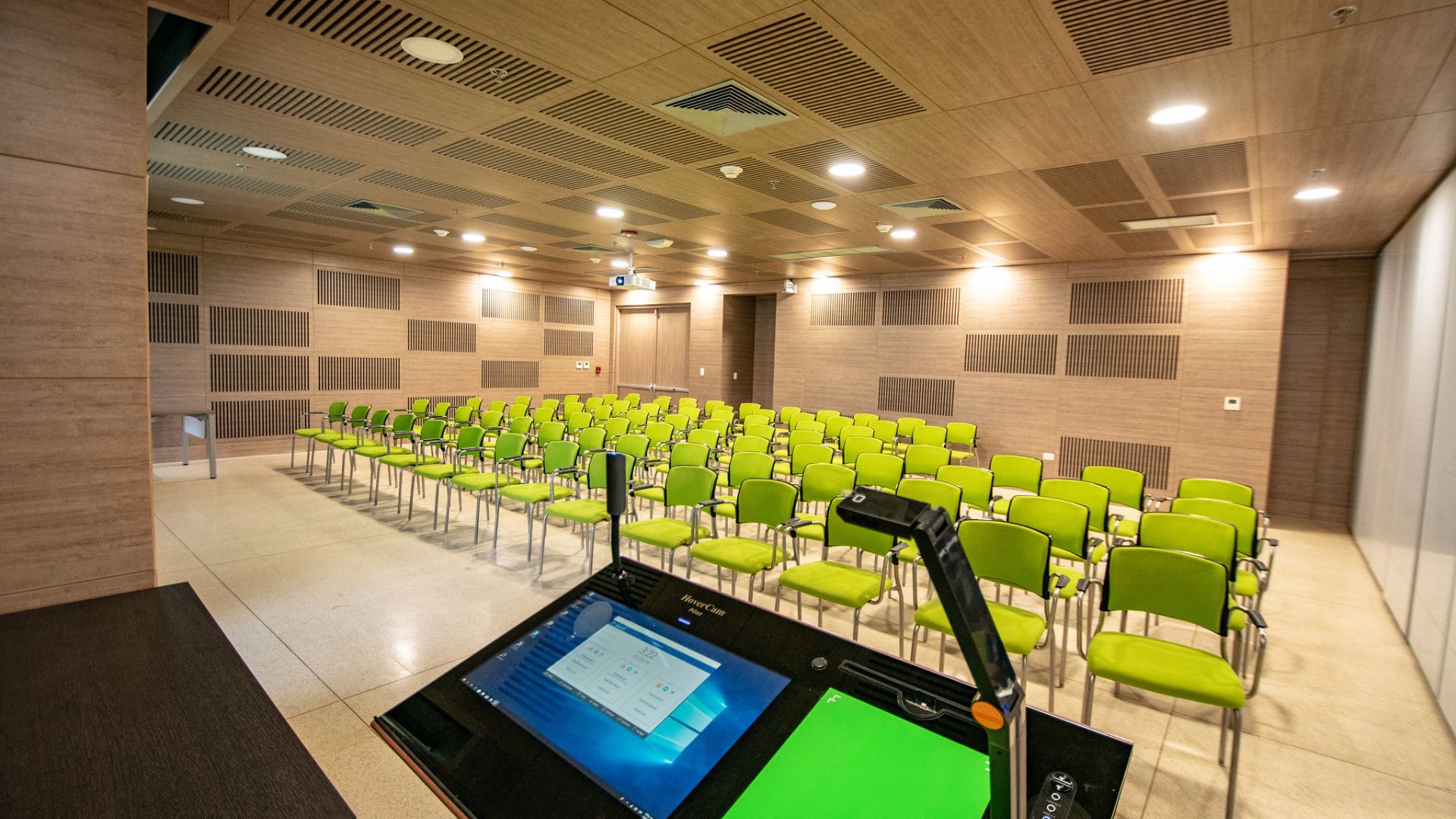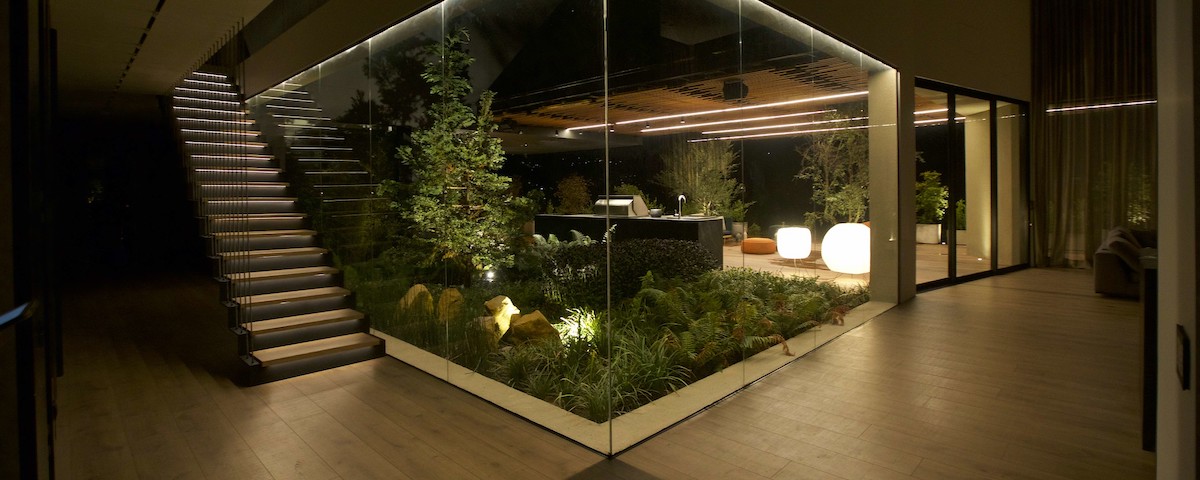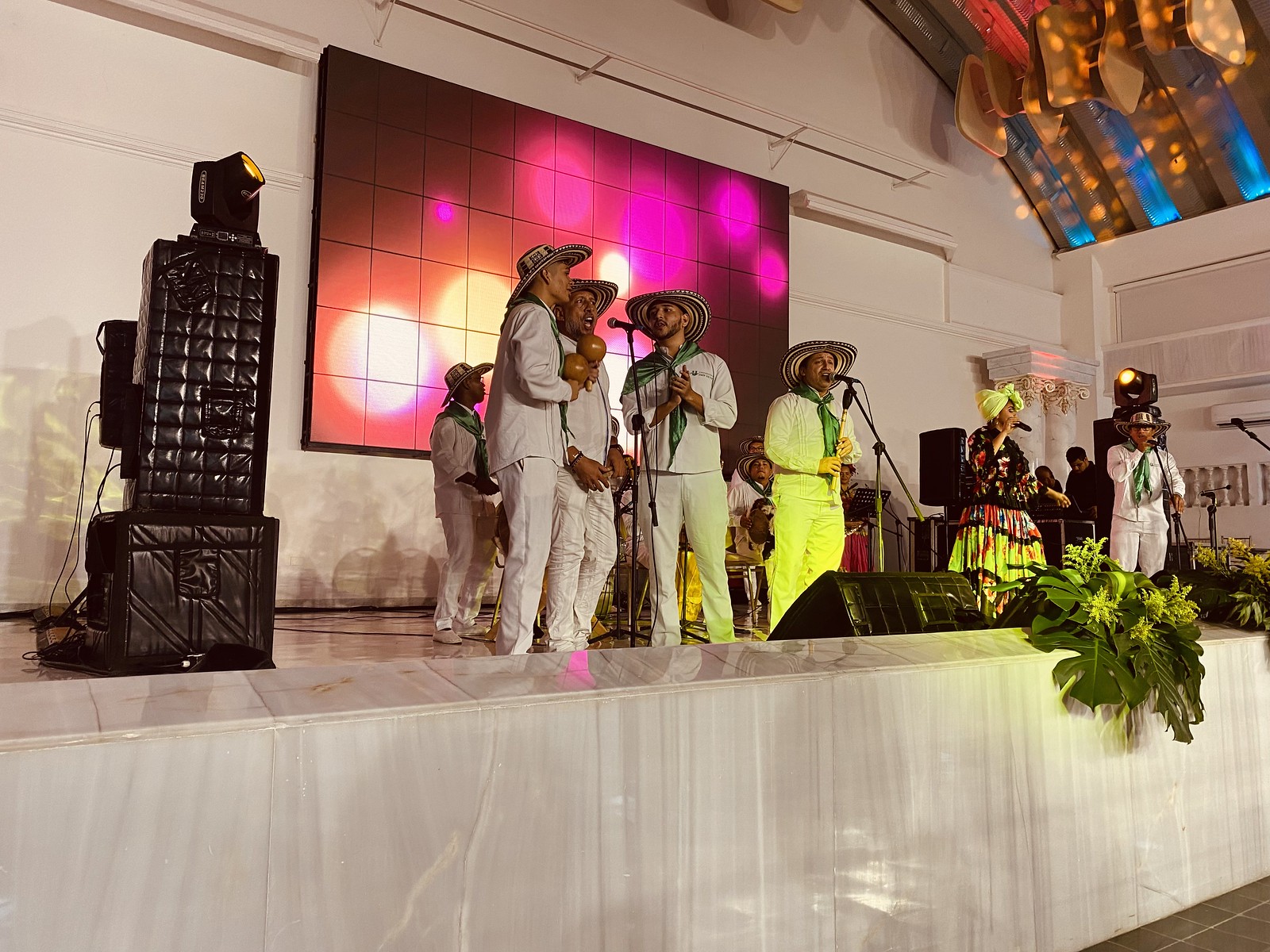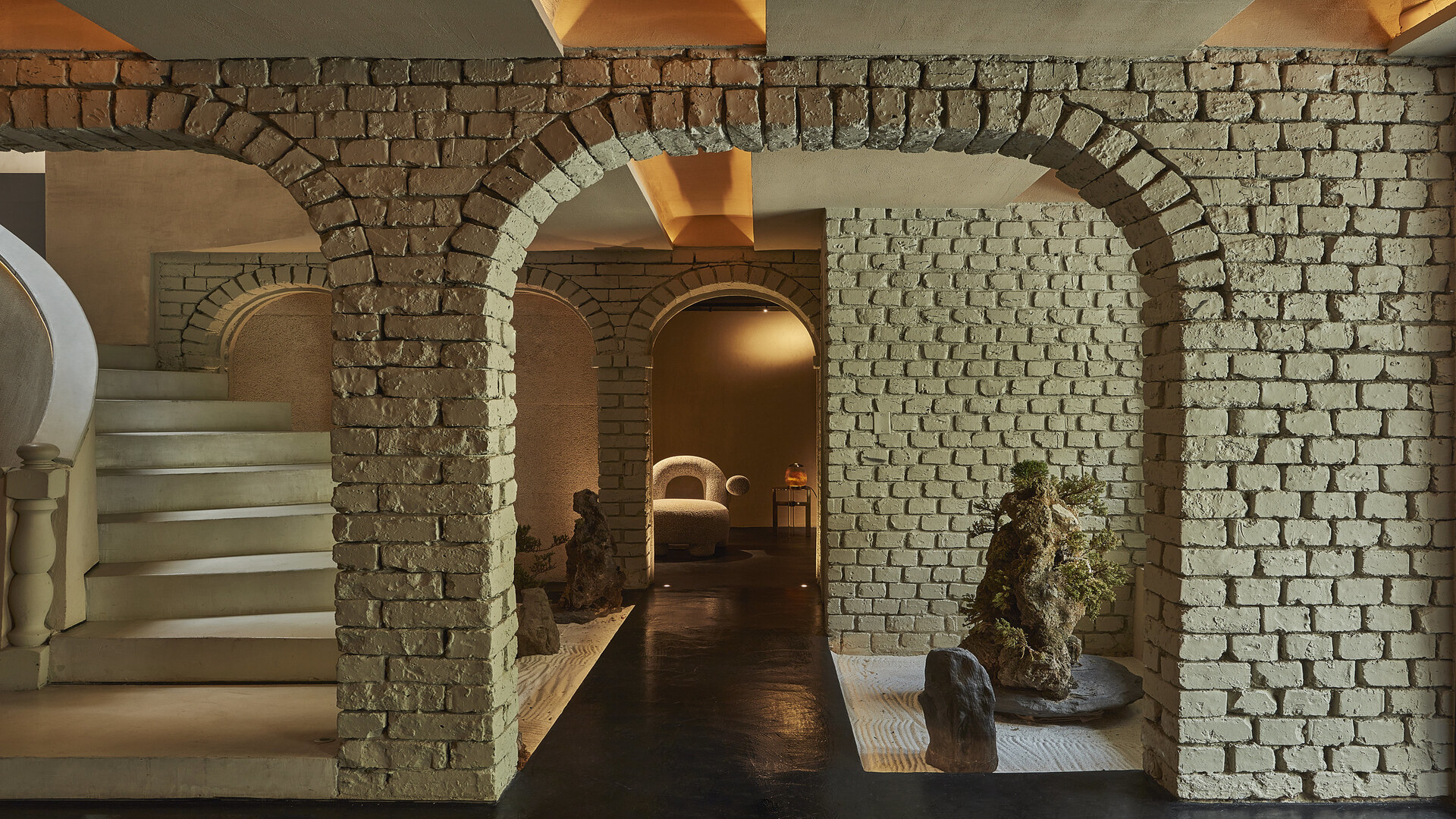Table of contents
Key Takeaways
- Lighting design is essential for setting the mood and atmosphere of a space, with different lighting temperatures impacting our mood and productivity.
- Strategic lighting placement can enhance architectural features, improve task efficiency, and ensure safety by adequately illuminating areas like stairways and hallways.
- Incorporating natural light, understanding the function of each space, and selecting the right color temperature and CRI are crucial for a harmonious and effective lighting design.
- Layered lighting, including ambient, task, and accent lighting, is fundamental in creating a dynamic and versatile environment that caters to various activities and times of the day.
- Smart lighting systems, sustainable design practices, biophilic lighting, and statement lighting fixtures represent the latest trends, emphasizing functionality, sustainability, wellness, and aesthetics.
- Emphasizing energy efficiency and maintenance in lighting design can reduce costs and ensure spaces remain well-lit and inviting over time.
The Importance of Lighting Design

Comfy cinema room
Enhancing Mood and Atmosphere
When we step into a room, the first thing that often impacts our senses is the lighting. It’s not just about visibility; lighting sets the tone and atmosphere of a space. For example, warm lighting can make a room feel cozy and inviting, perfect for living rooms or restaurants where we want to create a sense of comfort. On the other hand, cooler light might be utilized in offices and study areas to maintain alertness and focus. It’s been proven that different lighting temperatures can significantly affect our mood and productivity. By carefully selecting and positioning lights, we can transform the ambiance of any room to match the desired mood.
Highlighting Architectural Features
Lighting design goes beyond practicality; it’s a form of art that can accentuate the architectural beauty of a space. Strategic lighting can highlight textures, colors, and structural details that might otherwise go unnoticed. Integrating ambient, task, and accent lighting can draw attention to specific features like artwork, bookcases, or unique architectural elements. For instance, installing recessed lighting or wall sconces can subtly showcase a beautiful stone wall or intricate molding. The right lighting not only illuminates spaces but also enhances the architectural design, making every angle and detail stand out marvelously.
Improving Functionality and Safety
Aside from aesthetics, functionality and safety are critical considerations in lighting design. Well-planned lighting ensures that tasks can be performed comfortably without straining the eyes, whether it’s cooking in the kitchen or reading in the study. Also, proper lighting is crucial for safety, especially in areas like stairways, hallways, and outdoor spaces. Adequate illumination prevents accidents and makes navigation easier during the night. It’s essential to balance brightness, color, and shadow to create an environment that’s both beautiful and practical. By prioritizing functionality and safety in our lighting design, we ensure that spaces are not only pleasing to the eye but also conducive to our well-being and daily activities.
Factors to Consider in Lighting Design
When we’re diving into the world of lighting design, it’s crucial to consider a variety of factors that can dramatically affect both the aesthetic and functionality of our spaces. From the role of natural light to the specifics of fixture placement, let’s explore these essential elements.
Natural Light
Harnessing the power of natural light is a cornerstone of effective lighting design. We aim to maximize daylight use in our spaces, reducing the dependence on artificial lighting during the day. This approach not only conserves energy but also brings out the true colors and textures of our interior spaces. It’s about finding the right balance between artificial and natural light, ensuring a harmonious and comfortable environment.
Function and Purpose
Understanding the function and purpose of each space is vital. Different activities require different levels and types of lighting. For example, a home office needs bright, focused lighting to enhance productivity, while a dining area might benefit from softer, more ambient lighting to create a warm, inviting atmosphere. Tailoring the lighting design to match the intended use of each space ensures we achieve the right mood and functionality.
Color Temperature and CRI
Color temperature and Color Rendering Index (CRI) are key components in selecting the right light source. Color temperature describes the warmth or coolness of a light source and is measured in Kelvin (K). Lights with a lower Kelvin value emit a warmer, more inviting glow, while higher Kelvin values provide a cooler, more energizing light. Meanwhile, the CRI measures a light source’s ability to reveal the true colors of objects compared to natural light, with a higher CRI indicating a more natural and accurate color representation. Together, these factors can dramatically affect the ambiance and functionality of a space.
Light Fixture Placement
Strategic light fixture placement is crucial for achieving optimal illumination. We need to consider both the direction and the distribution of light. Correct placement can enhance architectural features, improve task lighting, and create visual interest. Whether it’s accent lighting to highlight artwork or ambient lighting to fill a room with a gentle glow, thoughtful placement can transform a space.
Energy Efficiency
In today’s world, energy efficiency isn’t just a buzzword; it’s a vital component of lighting design. Opting for LED bulbs and smart lighting solutions can significantly reduce energy consumption and lower electricity bills. Beyond choosing efficient lighting options, we also consider the design’s overall energy footprint, including the use of timers, dimmers, and sensors to further enhance efficiency.
Maintenance and Durability
Finally, the aspects of maintenance and durability cannot be overlooked. We select lighting solutions that promise longevity and are easy to maintain. This means considering the lifespan of light sources, the durability of fixtures, and the ease of replacing components. Durable, low-maintenance lighting designs ensure our spaces remain beautifully lit for years to come, without the constant need for adjustments or replacements.
By keeping these factors in mind, we ensure our lighting design not only meets our immediate needs but also stands the test of time, seamlessly blending functionality with aesthetics.
Lighting Techniques and Strategies

Living room with bonfire and warm lights
When diving deeper into the art of lighting design, it’s vital to understand various techniques and strategies that elevate the aesthetics and functionality of a space. We’re walking you through some key concepts that are essential in achieving the perfect balance of light.
Layered Lighting
Layered lighting is fundamental in creating a dynamic and versatile space. It involves using a combination of different types of lighting to enhance functionality and set the mood. The three main layers include ambient, task, and accent lighting, which work together to illuminate a room effectively. By implementing layered lighting, we ensure that each area of the space can adjust to different activities and times of day, providing both flexibility and comfort. This approach not only highlights the room’s best features but also addresses practical needs.
Accent Lighting
Accent lighting serves as the cherry on top of your lighting scheme. It’s designed to draw attention to specific features within a space, such as artworks, sculptures, or architectural details. By focusing light on these elements, we can create focal points and add depth to the room. Accent lighting often involves the use of directional lighting fixtures like spotlights or track lighting. Strategic placement and aiming of these lights can transform an ordinary space into an extraordinary one, making it feel more curated and designed.
Task Lighting
Task lighting is all about functionality. It provides focused light in areas where activities requiring good visibility are performed, such as reading, cooking, or working at a desk. Ensuring that these areas are well-lit is crucial for comfort and efficiency, helping to reduce eye strain and increase productivity. Task lighting often comes in the form of desk lamps, under-cabinet lights, or pendant lights. It’s essential to position these lights strategically to avoid shadows and glare, enhancing the usability of the space.
Ambient Lighting
Ambient lighting, often referred to as general lighting, sets the overall tone of a space. It’s the foundation layer that ensures an area is sufficiently lit, providing a comfortable level of brightness without glare. Ambient lighting can come from a variety of sources, including ceiling lights, chandeliers, or natural light streaming through windows. The key to effective ambient lighting is to achieve a uniform light level that acts as a canvas for adding task and accent lighting, creating a harmonious and inviting environment.
Latest Trends in Lighting Design

Living room with trending light design
As we continue to explore the area of lighting design, it’s crucial to stay abreast of the latest trends that are shaping environments around us. These innovative approaches not only redefine the aesthetic of spaces but also emphasize functionality, sustainability, and wellness.
Smart Lighting Systems
In the digital age, smart lighting systems have become a cornerstone of modern lighting design. These systems allow us to control lighting through smartphones, tablets, or voice-controlled assistants, offering unparalleled convenience and efficiency. With features like adjustable color temperatures, dimming capabilities, and programmable scenes, smart lighting adapts to our needs throughout the day. It’s not just about turning lights on and off; it’s about creating personalized lighting experiences that enhance our daily routines.
Sustainable Lighting Design
Sustainability in lighting design is no longer an option—it’s a necessity. As we become more conscious of our environmental impact, sustainable lighting design focuses on reducing energy consumption and lowering carbon footprints. This includes the use of LED bulbs, which are significantly more energy-efficient than traditional incandescent bulbs, and the integration of natural light to minimize the need for artificial illumination. We’re seeing a shift towards materials and manufacturing processes that are eco-friendly, ensuring that our lighting choices are as green as they are beautiful.
Biophilic Lighting
Biophilic design connects us to the natural world, and biophilic lighting is a key element in achieving this connection. By mimicking the patterns and dynamics of natural light, biophilic lighting aims to improve our well-being, enhance our mood, and increase productivity. This approach involves the strategic use of light to create a sense of daylight indoors, using variations in intensity and color temperature to reflect the time of day. Incorporating biophilic lighting into our spaces brings the outdoors in, fostering a serene and invigorating environment.
Statement Lighting Fixtures
Beyond mere functionality, lighting fixtures act as pieces of art, making bold statements within our spaces. Designers are pushing the boundaries with unique shapes, sizes, and materials, creating fixtures that catch the eye and spark conversation. Whether it’s an oversized pendant light, a sculptural table lamp, or a series of minimalist sconces, statement lighting fixtures are as much about design as they are about illumination. These pieces serve as focal points, adding character and enhancing the overall aesthetic of the room.
As we navigate through these trends, it’s evident that lighting design is evolving in exciting and meaningful ways. By embracing these innovations, we can create spaces that are not only visually stunning but also intelligent, sustainable, and conducive to our well-being.
Conclusion
We’ve explored the multifaceted world of lighting design, emphasizing its power to transform spaces and enhance our daily lives. From the artistry involved in selecting the right fixtures to the latest trends that marry functionality with sustainability, it’s clear that lighting design is a crucial element in creating environments that are both beautiful and practical. At Schaller Design Lab, we’re here to guide you through every step, ensuring your space not only meets your aesthetic and functional needs but also reflects the cutting-edge of design innovation. Let’s illuminate your space together, crafting atmospheres that inspire and comfort.
Frequently Asked Questions
What is lighting design and its importance?
Lighting design is the art of creating a lighting scheme that is both functional and transformative for a space. It plays a critical role in shaping our experiences by enhancing mood, emphasizing architectural features, and ensuring spaces are safe and comfortable.
How does lighting design affect mood and atmosphere?
By carefully selecting and positioning lights, lighting design can significantly enhance the atmosphere of a space. It can create a desired mood, from calming and relaxing to vibrant and energizing, based on the needs of the space and its occupants.
What are the principles of lighting design?
The principles of lighting design focus on functionality, aesthetics, and safety. They involve creating a balance between task lighting, accent lighting, and ambient lighting, while also considering the overall aesthetics of the space and ensuring it is safely illuminated.
Can lighting design be applied to both residential and commercial projects?
Yes, lighting design principles are universal and can be applied to both residential and commercial projects. The approach may vary based on the specific needs and functions of the space, but the core principles remain the same.
How can lighting design highlight architectural features?
Lighting design can accentuate architectural features by using focused lighting, such as spotlights or directional lights, to draw attention to particular elements. Strategic placement and brightness can enhance textures, shapes, and colors, showcasing the beauty of the space.
What new trends are emerging in lighting design?
New trends in lighting design include smart lighting systems, sustainable lighting, biophilic lighting, and statement lighting fixtures. These trends focus on enhancing functionality, promoting sustainability and wellness, and creating visually interesting spaces with innovative and intelligent lighting solutions.
What services does Schaller Design Lab offer?
Schaller Design Lab offers expert consulting, design services, and advice on selecting the right lighting solutions. They specialize in creating customized lighting schemes that balance aesthetics, functionality, and safety, following the latest trends and innovations in the field.
Our Portfolio
Table of contents














